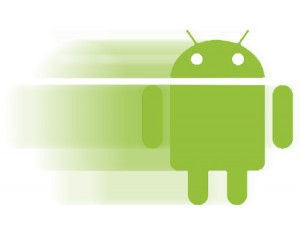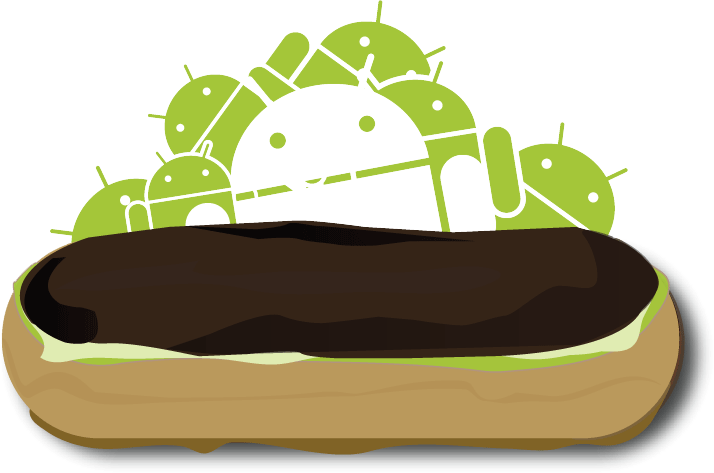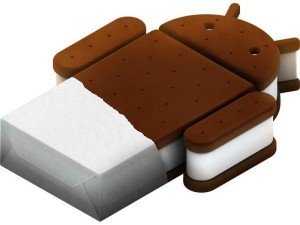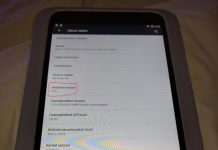 One secret of Microsoft’s success is the rapidity with which they eradicate their older software versions when they bring out new ones. Just like last month’s copies of Playboy at the newsstand, last year’s version of Windows disappears very rapidly from shops and other outlets when this year’s comes out. Only on eBay can you find copies of Windows XP, and as for Vista, it might as well never have existed. Doctors bury their mistakes; software companies shred them.
One secret of Microsoft’s success is the rapidity with which they eradicate their older software versions when they bring out new ones. Just like last month’s copies of Playboy at the newsstand, last year’s version of Windows disappears very rapidly from shops and other outlets when this year’s comes out. Only on eBay can you find copies of Windows XP, and as for Vista, it might as well never have existed. Doctors bury their mistakes; software companies shred them.
Desktop Linux, of course, is at the opposite extreme, with old versions, new versions, spin-offs and forks all existing more or less comfortably in harmony. But since almost no one is hoping to make money off them, no one has a vested interest in trying to tidy them all up.
Meanwhile, Android, the new kid on the block, is trying to put its embarrassing earlier versions behind it. But like old baby photos, they’re difficult to eradicate. Google’s official position is version-neutral, and the Android code is open source, so there’s no legal way Google can stop anyone selling any version they like. The result is that anyone looking to buy an Android device needs to pay careful attention to which version of Android they’re getting. Unlike Windows, earlier versions of Android don’t necessarily run faster or more smoothly on old hardware than new ones. Some apps will only run on later versions; notably the Google Play store, which is called the Android Market on earlier versions, and may or may not be able to automatically upgrade itself, depending on your hardware.
Although it’s possible in theory to upgrade Android on a tablet to a newer version—and there are apps to help—the process can be complex, and Web reports suggest a relatively high proportion of disastrous failures. It works better with name brand devices where the hardware and BIOS settings are known, rather than cheaper generic tablets. Potential buyers of these devices are better off buying tablets with a late-model Android version already installed; currently that means 4.0 or 4.1. But distributors who have been saddled with consignments of earlier models are doing their best to dispose of them, so ‘buyer beware’ is the watchword.
Here’s a brief list of major Android versions, along with their release dates, pet names, major improvements and my comments on their availability. The details are taken from Wikipedia.
• Android 1.0 – September 23, 2008.
• Android 1.1 – February 9, 2009. ‘Petit Four’ (unofficial). Saving message attachments added.
• Android 1.5 – April 30, 2009. ‘Cupcake’. Auto-rotation and widgets.
• Android 1.6 – September 15, 2009. ‘Donut’. Speech recognition, better searching, gesture recognition. Series 1.x of Android is pretty well extinct in the wild, though you can find it on a few refurbished or second-hand devices.
• Android 2.1 – January 12, 2010. ‘Eclair’. Bluetooth support, better email and camera features, a new user interface. A few devices with 2.1 are still floating around for sale.
• Android 2.2 – May 20, 2010. ‘Froyo’. Better performance, USB tethering, web file uploads, Adobe Flash. This was a popular release, and there are substantial numbers of Android 2.2 tablets and phones still on the market.
• Android 2.3 – December 6, 2010. ‘Gingerbread’. Better user interface and power management. Support for multiple cameras. Minor upgrades over the following year resulted in improved battery life, and allowed for voice and video chat. Still out there in force, mainly on phones and niche devices like GPS receivers, but also a few tablets.
• Android 3.0 – February 22, 2011. ‘Honeycomb’. Another new interface, with System Bar and Action Bar added. Hardware acceleration and multicore support. Minor upgrades over the following year added support for external keyboards and mice and updated the Android Market to Google Play, with a separate app for Google Books. There are a few Android 3.0 tablets still on the market, but fewer than for 2.2. Retailers had learned their lesson by then.
• Android 4.0 – October 19, 2011. ‘Ice Cream Sandwich’. Drag-and-drop icon folders, integrated screenshots, speech-to-text improvements, Chrome Web browser, Wi-Fi Direct. The most widely available system for tablets, and rapidly becoming popular for phones and other devices.
• Android 4.1 – July 9, 2012. ‘Jelly Bean’. Smoother interface and better graphics engine. Already popular for phones, and finding its way on to some high-end tablets.
As they say: “The nice thing about standards is that there are so many of them to choose from!” So don’t get saddled with an earlier version of Android on your device because you didn’t read the fine print.


































Yeah, Microsoft is really well-known for getting rid of all obsolete versions as soon as a new version comes out. Kind of like Windows XP. Or IE 6. Or MS Office 2003.
Wait…
As someone who must watch their diet, can I ask them to please stop naming all these versions after junk food? After seeing so many articles about Ice Cream Sandwich, I actually went out and bought some.
As a side note, Android 1.x and Android 2.x were intended to be used only for mobile phones. Adaptations to e-readers and tablets weren’t compatible with standard Android apps, hence the specialized app stores for those various devices.
Android 3.0 (Honeycomb) was intended only for tablets and not for mobile phones.
Android 4.0 (Ice Cream Sandwich) was the first version of Android that was designed to run both on tablets and on mobile phones.